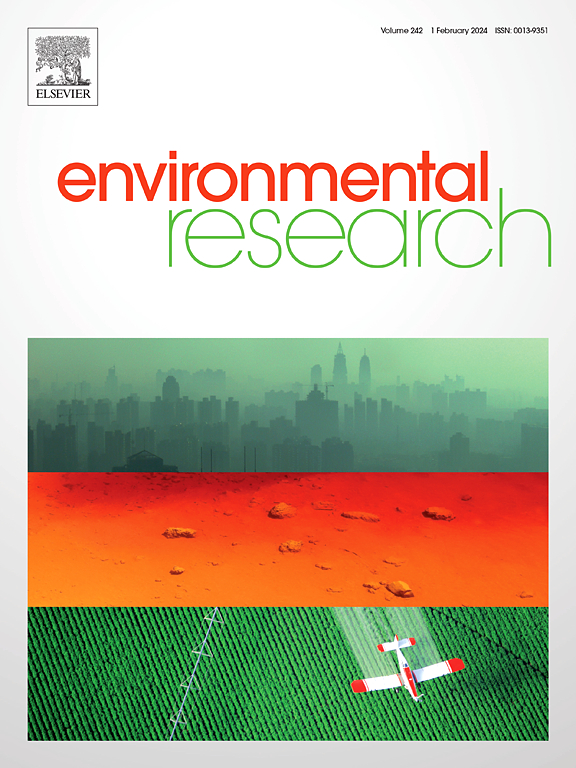Cu nano-armor supported on Ti Metal-Organic Frameworks: A stable catalyst for enhanced photocatalytic water disinfection
IF 7.7
2区 环境科学与生态学
Q1 ENVIRONMENTAL SCIENCES
引用次数: 0
Abstract
The rapid spread of microbial contamination and drug-resistant bacteria poses a significant threat to ecosystems and public health, highlighting the urgent need for efficient and stable disinfection materials. Metal-organic frameworks (MOFs) have emerged as promising functional materials for a variety of applications due to their regular microstructure and excellent physicochemical properties. However, their long-term use is limited by intrinsic instability. In this study, we designed copper nanolayers as protective armor for titanium-based MOFs (Cu/Ti-MOFs) to enhance their catalytic performance in photocatalytic disinfection under visible-light irradiation. The results demonstrated that Cu/Ti-MOFs exhibited slightly improved antimicrobial activity against Escherichia coli (E. coli), Staphylococcus aureus, and tetracycline-resistant E. coli compared to Ti-MOFs. More importantly, Cu/Ti-MOFs retained 92 % of their initial activity after seven consecutive catalytic cycles, whereas Ti-MOFs completely lost their photosensitive properties, indicating much higher catalytic stability of Cu/Ti-MOFs. This improvement was confirmed through various physicochemical characterizations and was attributed to the protection of active sites, catalyst reinforcement, and efficient surface reconstruction due to the introduction of the Cu nanolayer. This study provides a strategy for enhancing the long-term performance of MOF materials in photocatalytic water disinfection applications.
求助全文
约1分钟内获得全文
求助全文
来源期刊

Environmental Research
环境科学-公共卫生、环境卫生与职业卫生
CiteScore
12.60
自引率
8.40%
发文量
2480
审稿时长
4.7 months
期刊介绍:
The Environmental Research journal presents a broad range of interdisciplinary research, focused on addressing worldwide environmental concerns and featuring innovative findings. Our publication strives to explore relevant anthropogenic issues across various environmental sectors, showcasing practical applications in real-life settings.
 求助内容:
求助内容: 应助结果提醒方式:
应助结果提醒方式:


